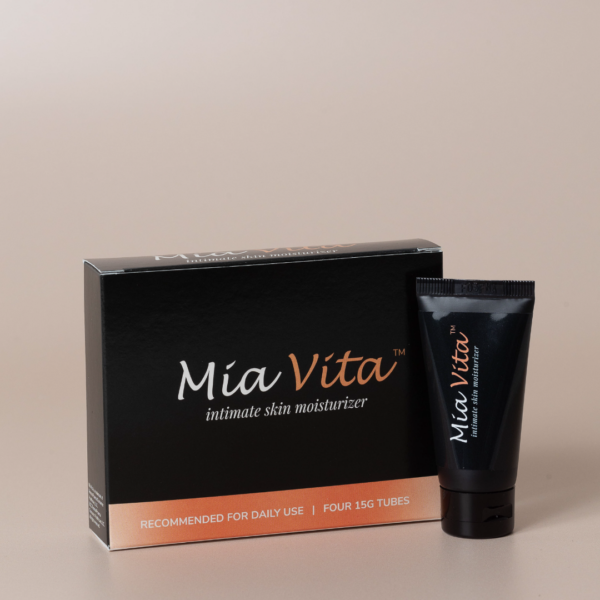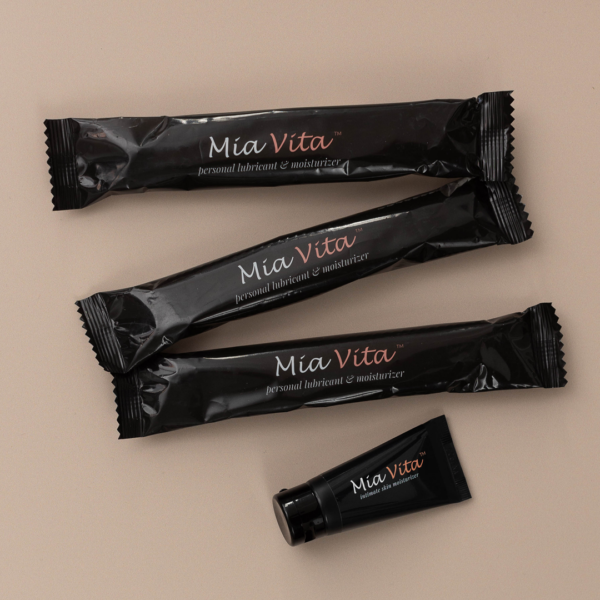
Unless you’ve suffered a fracture or bone bruise, our skeletal system tends to remain ‘out of sight, out of mind.’ Symptoms we can see and feel on a daily basis take priority (for a good reason), yet we need to remember to pay attention to our most supportive structure.
A structure that requires sufficient minerals and balanced hormones to grow strong and healthy and prevent conditions like osteoporosis.
Osteoporosis, literally “porous bones,” impacts more women than men. Our risk for osteoporosis also increases post-menopause due to, you guessed it, a decline in estrogen. Our bones carry us through all our body’s transitions, including puberty and menopause. Now it’s our job to return the favor by learning how to support our bone health throughout our lives.
What is osteoporosis?
Osteoporosis is a condition that weakens your bones and increases the likelihood of fractures and other injuries.
Bones, rock-solid as they seem, are composed of three different types of tissues: harder, compact tissue on the outside, softer, interior cancellous tissue, and subchondral tissue at each end. Each type requires certain proteins and minerals—collagen and calcium phosphate—for renewed strength, structure, and density.
Your bone tissue does not remain the same throughout your life, instead undergoing a continuous process of resorption (tissue reabsorbed by the body) and regeneration. Osteoclasts and osteoblasts are the bone cells responsible for this process. The former breaks down bone tissue, and the latter helps form new bone tissue.
When resorption outpaces regeneration, your bones become weak and lose density. This imbalance of osteoclast and osteoblast activity can lead to osteoporosis. In most cases, there are few warning signs or symptoms of osteoporosis beyond a break or fracture, earning it the nickname the “silent” condition. You cannot reverse osteoporosis or regain bone loss from the condition.
To diagnose osteoporosis, your doctor may order a bone density scan called a DXA (or DEXA) that uses “dual-energy” x-ray imaging to assess your bone health. The results compare your bone density with someone your same age and gender and indicate where you fall on a range of normal bone density, osteopenia (lower than normal bone density), and osteoporosis.
Common causes of osteoporosis in women
An osteoporosis diagnosis can fall into two categories: primary and secondary. Changing hormones, diet, genetics, and age-related osteoporosis are primary causes, while medication and conditions such as hyperthyroidism, diabetes, and leukemia are secondary.
You may be more at risk for osteoporosis if you have a family member with the condition, are undergoing or post-menopausal, or have low calcium and vitamin D levels (helps increase calcium absorption).
Women with low body weight are also more likely to develop osteoporosis. Chronic dieting, eating disorders, and extreme exercise can all impact your bone density. Researchers found that people who pursue calorie restriction show an increase in bone resorption and a decrease in bone formation over two years.
A separate study at the University of Colorado also reported long-term, intense exercise could contribute to bone density loss, pulling more proteins and minerals (especially calcium) than the bone tissue can regenerate.
Healthy eating and exercise in moderation are vital to our body’s ability to function, but too much can cause more harm than good when it comes to our bone health.
Why does osteoporosis impact more women than men?
Of all people with osteoporosis in the U.S., about 80% are women—about one in every three. Some women have smaller frames than men, and we tend to live longer, so our bodies are more prone to developmental conditions like osteoporosis.
And, as we age, we all lose bone density, regardless of risk factors. During (and after) menopause, women can lose up to 10% of bone mineral density over 25 years, though the exact rate of loss varies from woman to woman.
But why is osteoporosis more common in women? Estrogen, a reproductive hormone with a hand in quite a few bodily functions, helps control osteoblast production and “protect bone density.” As we age and enter menopause and our estrogen levels decline, so does the number of osteoblasts.
An imbalance between osteoblasts and osteoclasts, you may recall, decreases the amount of bone tissue regenerated and causes a loss of bone density. Too much loss of bone density too fast can lead to a diagnosis of osteoporosis.
How to prevent osteoporosis in women
Now for the good news. You can take active steps to both improve and support your bone health. Even if you receive an osteoporosis diagnosis, you can continue strengthening your bones and prevent further bone density loss.
Incorporate weight-bearing exercises into your routine
Regular movement improves all aspects of your health, including your bones. In particular, weight-bearing exercises—any exercise or activity that requires your bones to support your weight—are proven to help develop strong bones.
Try walking, running, yoga, or more creative endeavors like gardening or your favorite kind of dancing. Experts recommend thirty minutes of exercise four days a week for bone health.
Get plenty of sleep
Here’s an interesting fact: In one bone density study with post-menopausal women, researchers found a correlation between fewer hours of sleep and lower bone density. A good night’s sleep benefits more than just our overall health; it’s crucial for women at risk of osteoporosis.
Avoid blue light in the hours before bed, take melatonin, drink chamomile tea, and turn down the temperature in your bedroom to help improve your sleep.
Check your vitamin D
Vitamin D helps your body absorb enough calcium to build strong bones. Make sure you’re getting enough vitamin D through your diet (i.e., salmon, tuna, fortified orange juice) or supplementing, as your doctor prescribes, if your levels drop too low.
If you’re concerned about osteoporosis or want to know more about your risk, make an appointment to talk with your doctor. The more we learn and know about our bone health, the better we can protect ourselves and our future selves.
FemmePharma has been helping women navigate menopause for over two decades. No matter where you are in your journey, you deserve to have knowledgeable, intimate healthcare partners to help you feel your best. Explore our other articles, podcast episodes with women’s health experts, and products to ease your transition into menopause.


